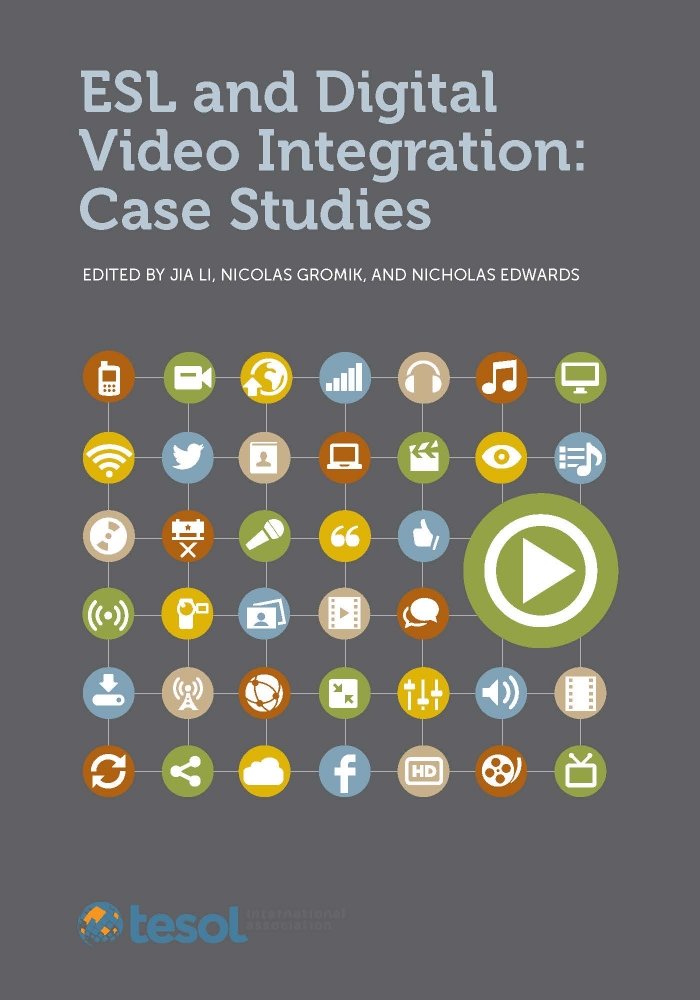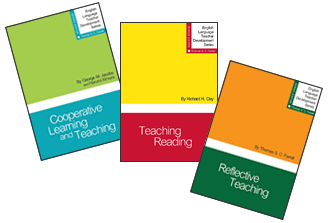Quick Tip: 6 Tips for Peer Editing Written Work
by James Broadbridge
 Audience: University students, all proficiency levels
Audience: University students, all proficiency levels
Peer editing of written work can be a trial for both teachers and students. Students are often reluctant to state that another student’s work is incorrect; lack the confidence to criticize another student’s writing; and also lack the motivation to improve a fellow student’s work when it has no visible benefit to their own grade. These six tips will help ease the problems involved in this tricky step in the writing process.
1. Work in Groups
Place students in small groups of two or three with only one essay to discuss and work on. The power of the group can lead to an increase in confidence, and therefore higher quality correction and feedback.
2. Set Time Limits
Students always work more efficiently with a time limit. Fifteen minutes is more than enough time for a small group to work on any one piece of writing. Student editors will also benefit from reading a variety of students’ work instead of just reading one essay for a longer period.
3. Restrict the Number of Errors to Be Found
The task of reading a whole essay can be rather daunting. By restricting the number of errors (to five, for example), groups or individuals will feel confident enough to find those errors.
4. Search for Specific Errors
Weaker or demotivated students can often struggle to find even one or two errors in a piece of writing. However, by first highlighting a typical error, for example subject-verb agreement, and asking students to check for similar errors, such students can feel that the task is manageable with little effort or stress.
5. Apply Pressure
Make it clear to the students that a good friend will find as many errors as they can, but a bad friend will find none. The more instances they find of writing that they feel is awkward or incorrect will help their friend to obtain a higher grade. By writing nothing they are helping no one.
6. Allow L1 Use
I am a great believer in restricting the use of L1 in all my classrooms, but there is a place for it here. Students need to be able to leave clear notes for the writer, and it will really help them to pass on important information if they can do so in their L1. The writer must be able to understand the advice and help given by the editor, and if this is given in the L2 there can be misunderstandings. (This assumes, of course, that the writer and the editor share a common L1.)
Peer editing is a vital element of writing classes, and by using the techniques mentioned above, students grow to become better writers, and the methods help to create a collaborative atmosphere in the classroom. The use of these tips also has the benefit of allowing students to gain valuable reinforcement from their peers of key writing techniques from previous classes, as students help themselves by helping others. Furthermore, they give the teacher an opportunity to quickly assess which students are particularly proficient at editing, and therefore spend more time with those who are not. This gives those students the benefit of extra help and the chance to gain in confidence while they help others.
___________________
James Broadbridge has been teaching English for more than 15 years. He is currently an assistant professor at J. F. Oberlin University in Tokyo, Japan.
TESOL Blogs
Interested in writing a blog for TESOL?
Contact
Tomiko Breland with your idea or for submission details.
Check out the latest TESOL Blogs:
|
Guest Writer: Tech Training & Tutorials via EdTech.tv, by Tara Arntsen
 Today I have a really special post for you about EdTech.tv, a great website for teachers to learn about using technology. EdTech.tv was started this year by Brent Warner, an ESOL educator and tech enthusiast based in California. Brent was a classmate of mine at USC, so he even agreed to tell you about the site himself. I am thrilled to be able to introduce you to EdTech.tv and hope you check it out today. Take it away, Brent! Today I have a really special post for you about EdTech.tv, a great website for teachers to learn about using technology. EdTech.tv was started this year by Brent Warner, an ESOL educator and tech enthusiast based in California. Brent was a classmate of mine at USC, so he even agreed to tell you about the site himself. I am thrilled to be able to introduce you to EdTech.tv and hope you check it out today. Take it away, Brent!
“If you can’t meet your students where they are, they’ll never follow you where you want to take them.”
Being a teacher in today’s environment is far different than at any other time in the history of education. In the past, inventions such as chalk boards, film projectors, OHPs, and the like helped us find different ways to connect with our students. We had years to work with them and master them, and, frankly, not a lot of thought went into stretching their true potential. Read More. |
|
Look Into My Eyes…and Learn Unforgettable Vocabulary!, by Alexandra Lowe
 Sometimes, you get lucky. A planned activity that you hope will be moderately interesting and instructive turns into a runaway success. Here’s one: Sometimes, you get lucky. A planned activity that you hope will be moderately interesting and instructive turns into a runaway success. Here’s one:
Inspired by a recent article in the New York Times that reported that reading Chekhov was the best way to learn to interpret other people’s body language, I was lured into taking the Times’ online quiz to see how good I was at reading visual cues. As it turned out, I had inadvertently latched onto what became a wildly popular vocabulary and speaking activity. Read More. |
|
Best Language Learning Games: Part 2 of 5, by Marc Anderson
 Last week, the language game Scrambleword was featured as one of my top learning games for ELL students. This week I thought I would share a version of the game Smart Mouth. It’s a quick-thinking word game that can be played individually or in teams, and it is designed to promote quick thinking, increase vocabulary, and build spelling skills. Read More. Last week, the language game Scrambleword was featured as one of my top learning games for ELL students. This week I thought I would share a version of the game Smart Mouth. It’s a quick-thinking word game that can be played individually or in teams, and it is designed to promote quick thinking, increase vocabulary, and build spelling skills. Read More.
|
TESOL Bookstore

LOOKING FOR HOLIDAY GIFTS FOR COLLEAGUES?
GIVE A BOOK FROM TESOL PRESS
AND TAKE ADVANTAGE OF FREE SHIPPING*
 ESL and Digital Video Integration: Case Studies
ESL and Digital Video Integration: Case Studies
Edited by Jia Li, Nicolas Gromik, and Nicholas Edwards
Seven original case studies demonstrate how video can be an effective and powerful tool to create fluid, fun, interactive, and collaborative learning environments.
 Language Teaching Insights From Other Fields: Sports, Arts, Design, and More
Language Teaching Insights From Other Fields: Sports, Arts, Design, and More
Edited by Christopher Stillwell
A fun read full of practical tips from language teachers who bring their insights to the classroom from extensive experience in other fields.
English Language Teacher Development Series
Thomas S. C. Farrell, series editor

Short ● Practical ● Interactive ● 15 Individual Topics
Buy Them All—20% OFF purchase of 3 or more
Each affordable book offers a variety of practical methods and time for reflections that allow teachers to interact with the materials presented.
*For up to 5 books to USA and Canada!
To Order:
Online: www.tesol.org/bookstore